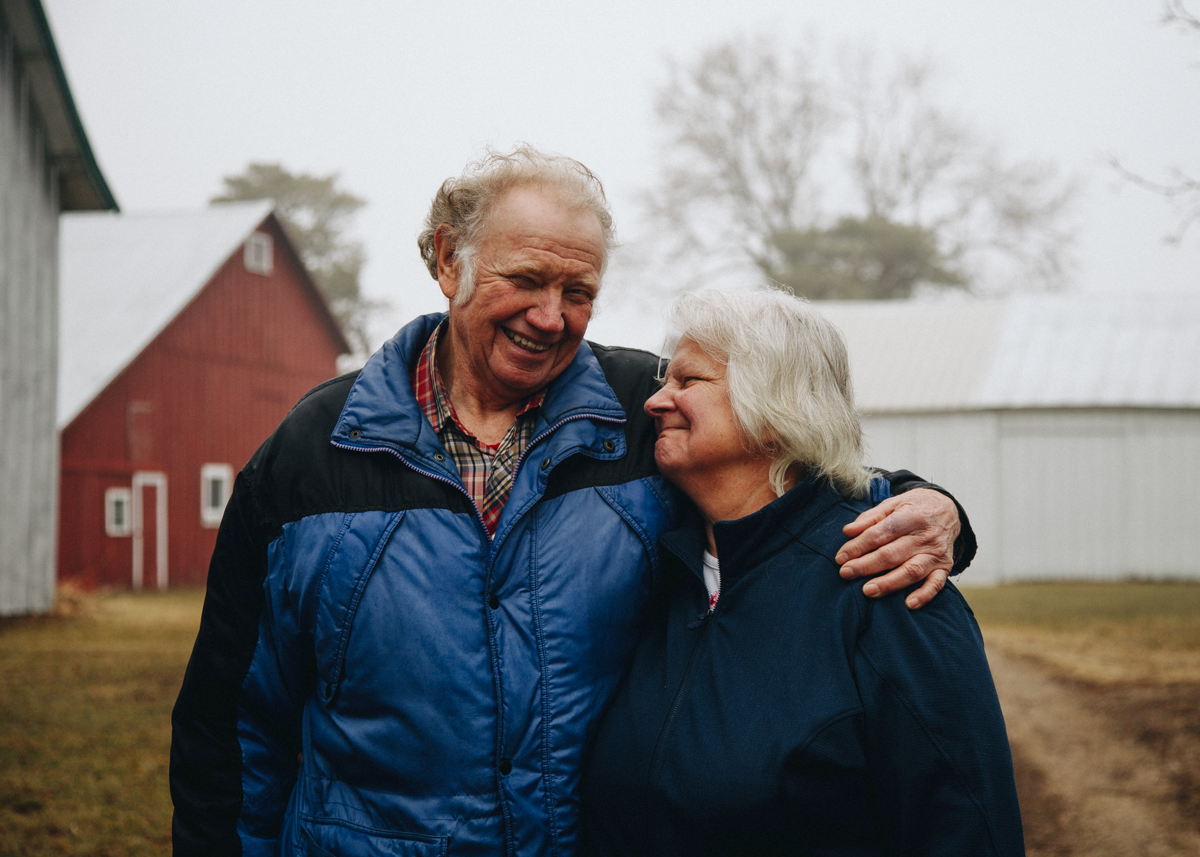Meet the Greener Pastures Team:
Sadikshya Aryal, Board Member
In this series, get to know the people & faces who make up our team- and why we’re committed to making our food system more humane, sustainable, and just.
Story by Sadikshya Aryal | Photography by Sadikshya Aryal and Sarah Carroll
Introduce yourself! Who are you and where are you located?
I'm Sadikshya Aryal, I joined Greener Pastures as a board member in 2021. I live in South Minneapolis and work as an Evaluation Associate at a local foundation.
Why did you choose to work at GP?
I chose Greener Pastures because the mission means a lot me. Before moving to Minnesota, I worked as a Program Coordinator supporting women farmers with resources and education related to sustainable food and agriculture in Boone, NC. When I moved here, I really missed the connection to a local food system and once our wonderful Executive Director asked me to join the board, there was no doubt about it! I believe in a strong sustainable and just food system and Greener Pasture works towards that vision every single day in a uniquely beautiful way by partnering with local farmers and organizations, passionate staff and board members, all through the work of visual storytelling. As a person who lives in an urban environment, I believe we have the responsibility and (some of us) the means to support regenerative agriculture, do our part in shifting the climate narrative, and support historically marginalized groups. These are all central to Greener Pastures’ mission and vision and that I wholeheartedly support.
What’s a fond memory that shaped your relationship to food?
Something that everyone close to me knows is how great of cooks my parents are. We immigrated from Nepal to North Carolina in the early 2000s when I was 8 years old. Since that time (and even back in Nepal) my parents didn’t blink an eye when they were hosting 100+ people, cooking for everyone, just the two of them, it was their happy place. My fondest childhood memories are laughing, bickering, and cooking in the kitchen with my folks. Like most cultures, food is very central to our culture and tradition, and my parents have always cooked authentic Nepali food from Momos to Choila and of course goat curry, and used authentic species that we would sometimes have to smuggle into the country! These spices are now a little bit more common but the most authentic spices like Timur and Jimbu are found only in Nepali grocery stores since they are so specific to the country.
One of the biggest festivals of the year in Nepal is called Dashain, where we celebrate the Mother Goddess, Durga. It is a harvest festival where families come together from all different parts of the country (and now the world) to exchange gifts and blessings, fly kites, have elaborate pujas (prayer ceremonies), and dances. The best part (aside from seeing family) is the food! Central to the feast is goat meat, which is sought-after and huge part of Nepali cooking. What I really appreciate about it is that we eat every single part of the goat (I won’t get graphic here, but when I say everything, I mean everything). There are family recipes that go back centuries that center on the parts we would normally throw away and believe it or not, it is quite tasty!
When we moved to the US, we were able to build up a strong Nepali community and every year around Dashain a few families would get together, go to a local farm, and purchase a whole goat. All of the Nepali families would then gather at our house and eat the goat curry that the best chefs in town would prepare (that’s how my parents were known in the community)! Even though we were in a completely different country and setting, we were still able to keep our tradition alive through food and gathering together. I feel very fortunate feel so connected to my tradition through cooking, even though I live so far away from my country and my parents. All of those memories come flooding back around Dashain when my husband and I sit down to eat, and my house is filled with the smell of incense and goat curry.
How would you explain food justice? How can we address issues related to food justice and/or racism in the food system?
I should start out by saying I am not an expert on this by any means, but I strongly believe that we can’t have food justice without racial equity. Without getting into the historical context about how curries, wild rice, and fried chicken all came about and their popularity in mainstream society, it is important to acknowledge the culture where food (and recipes) come from, to understand it, to respect it, and enjoy it.
Food justice to me means that every single person has access to healthy local food. That every single person is able to feed themselves and their families without thinking about how they are going to pay for their food, for their rent, or how they are going to send their children to school. It means that anyone, regardless of means, can make any dish they would like to knowing that their food is coming from a sustainable farm with good growing practices.
I think we need to begin addressing food deserts and building land access for BIPOC farmers. We need to give the land back to the indigenous people of this land, so that they are able to take care of it and grow what is native here. At the same that, give immigrant farmers land to grow the food that they grew up eating, so that their community is able to do the same. We need to be thoughtful about how to increase biodiversity and diversity on the land that we live on. We need to begin treating everyone as human beings, as if we all belong.






